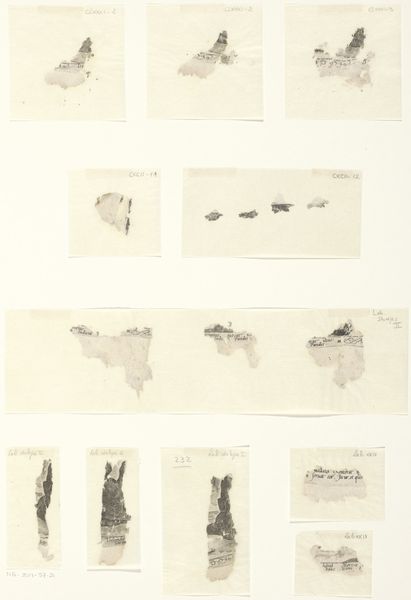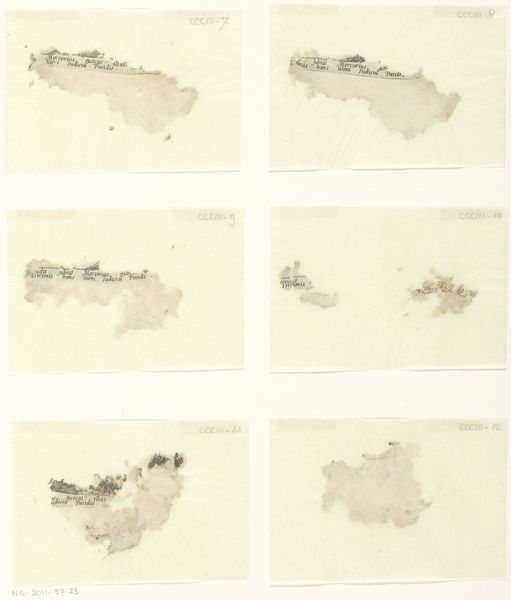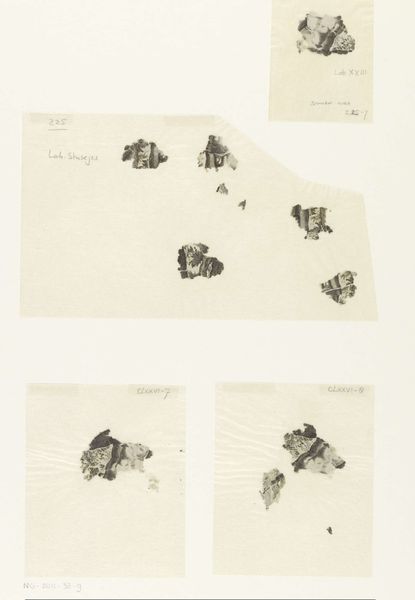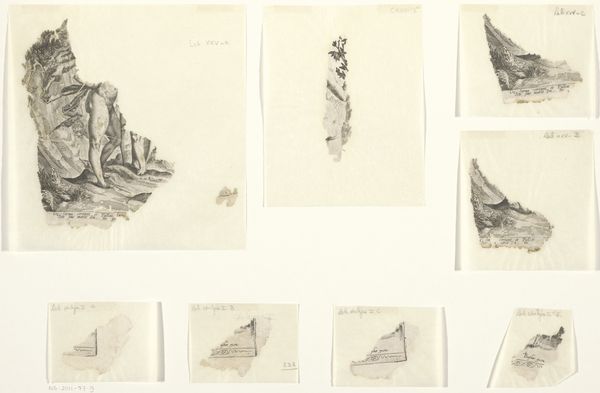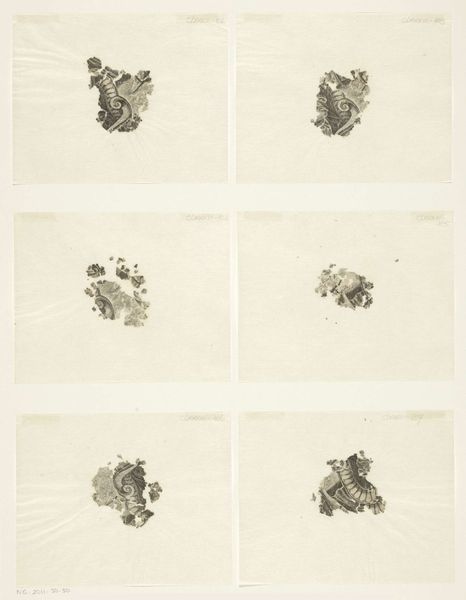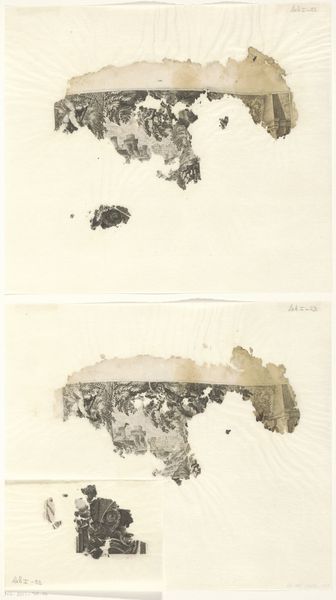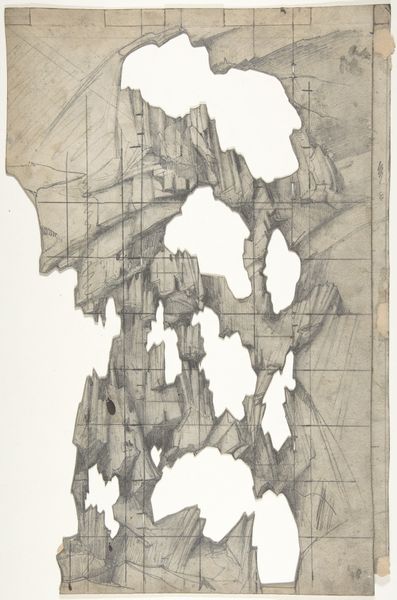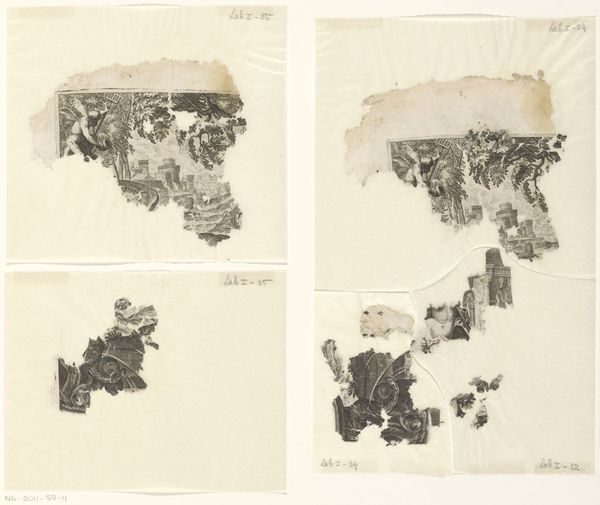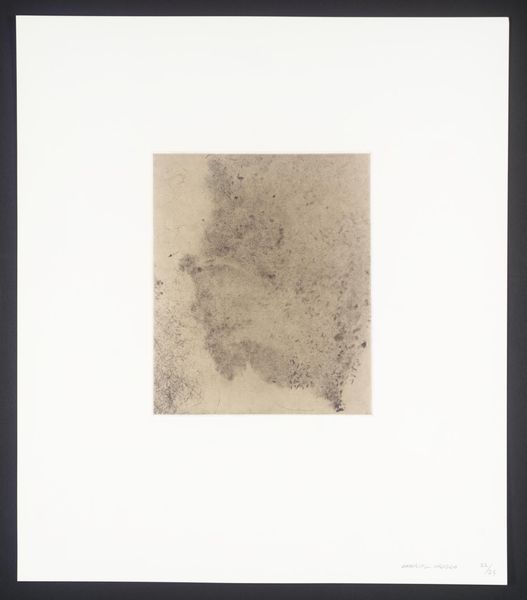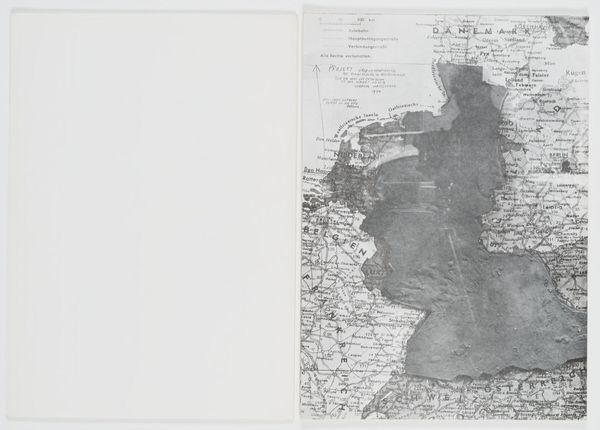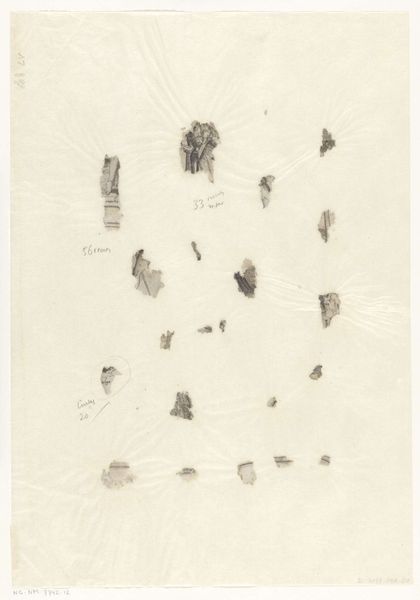
Losse fragmenten van een prent van het oordeel van Paris 1580 - 1596
0:00
0:00
zachariasdolendo
Rijksmuseum
print, etching, engraving
# print
#
etching
#
figuration
#
11_renaissance
#
engraving
Dimensions: height 110 mm, width 60 mm
Copyright: Rijks Museum: Open Domain
Curator: These fragmented prints from the late 16th century offer a really interesting puzzle. They’re titled "Losse fragmenten van een prent van het oordeel van Paris" by Zacharias Dolendo. Each small piece, etched and engraved, gives us only glimpses of the original scene. Editor: My first thought is “archaeology,” but on paper. They resemble delicate maps of lost territories, each tiny, a testament to some great, vanished… continent, or at least, composition. I find the fracturing itself, almost geological. What happened to it? Curator: It's really speculation, but one possibility is that they were damaged somehow – perhaps a fire, or just the ravages of time and clumsy storage – and someone, likely a collector or dealer, carefully mounted the remaining fragments to preserve them. They each are affixed to laid paper supports. Editor: I'm really intrigued by the process. The layers of decision-making involved – the original printmaker, Dolendo himself, carefully incising lines, then the catastrophic damage. Followed by the painstaking act of salvage and reconstruction. Each mounted fragment becomes an artwork about art-making, destruction, and preservation. Labor is really central to its story. What's Paris up to exactly, though? Curator: In mythology, Paris had to judge who was the fairest goddess among Hera, Athena, and Aphrodite, awarding the golden apple. In a way, this damaged artwork forces us to become Paris. We must look carefully, judging beauty even within these ruinous landscapes, using intuition, connecting seemingly random pieces, to conjure some narrative about the choice between power, wisdom, or love… the gift of Aphrodite to Paris being Helen of Troy and setting off that legendary war. Editor: Fascinating, thinking about this as active work for the viewer, the work is activated and renewed over time through this ongoing labor to restore. Even seeing the backs or sides of them, it does make me question ideas about beauty, as beauty, and questions how images circulate. Curator: Yes, a story echoed not just across time but across materials. Seeing these little shards I'm filled with possibility—what might have been, what still *could* be if one approached the material with hope and skill and time. Editor: These fragments are more provocative than any complete original could be. Like material whispers from a cultural ruin that never lets us rest.
Comments
No comments
Be the first to comment and join the conversation on the ultimate creative platform.
